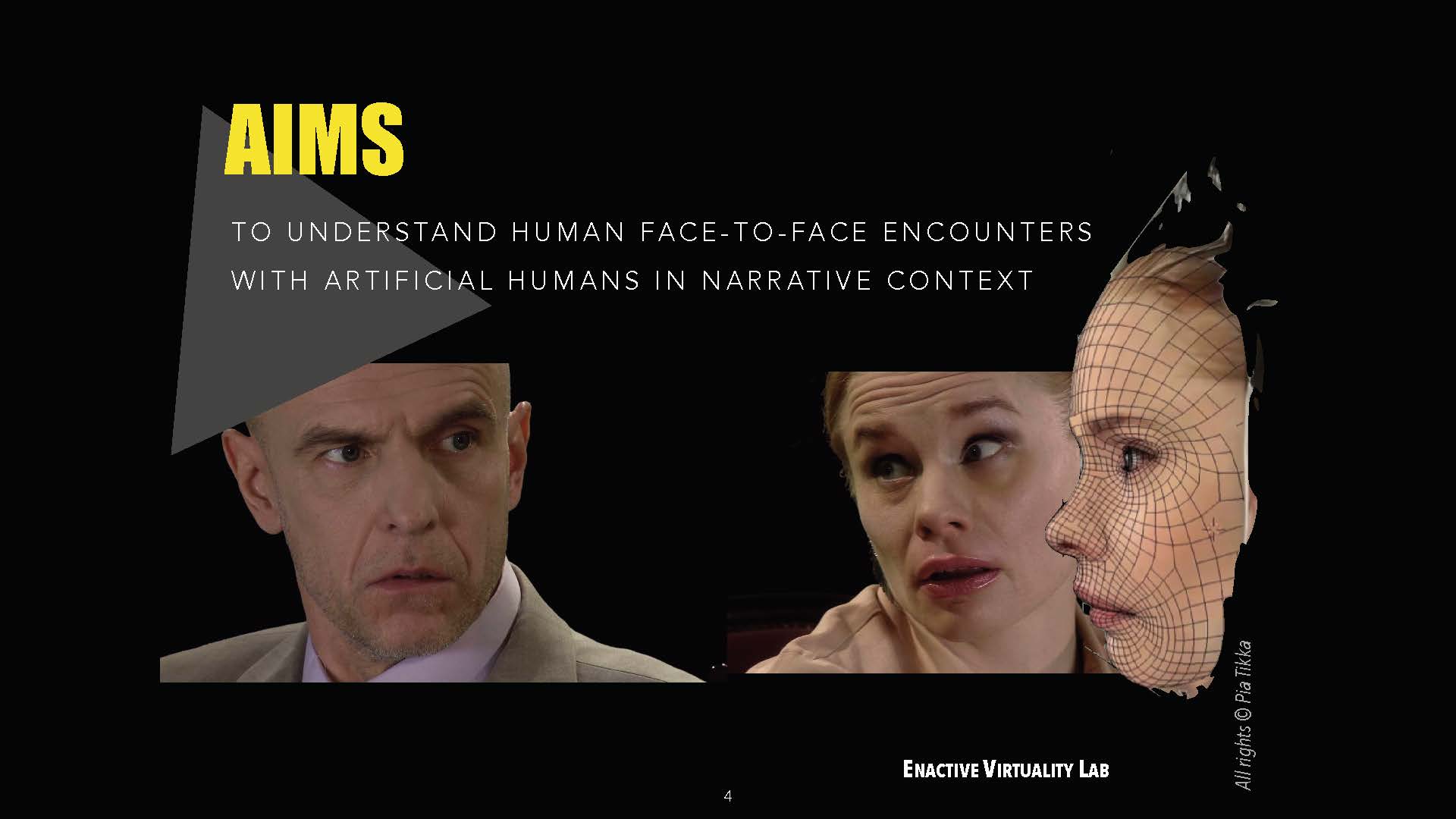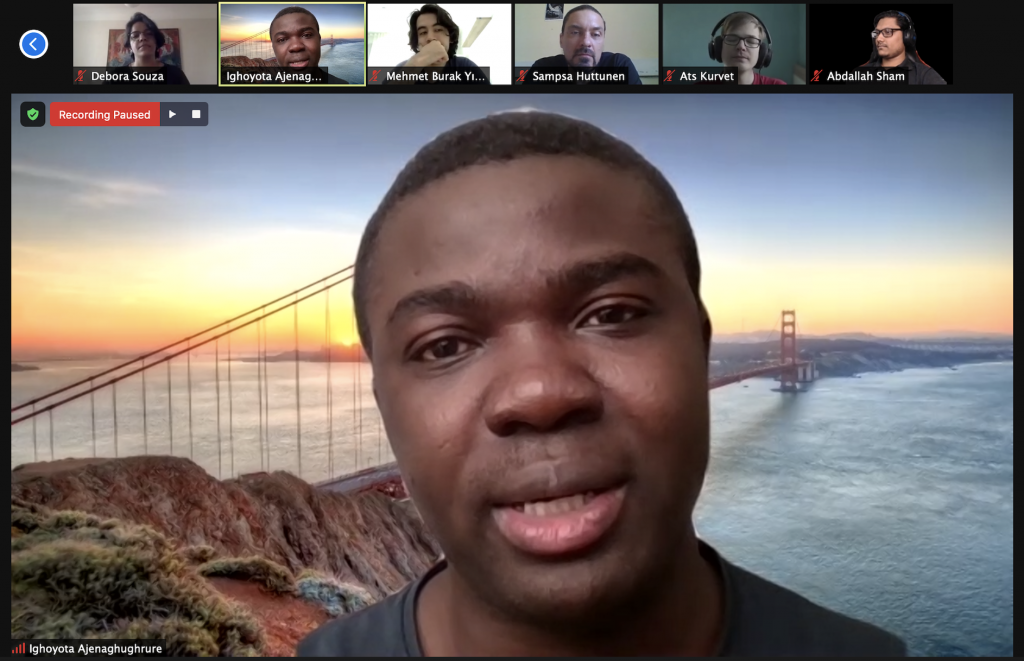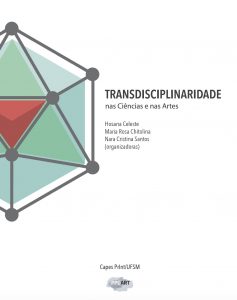NECS Conference Palermo June 2021
Due to the persistent uncertainty caused by the world-wide pandemic, the NECS Steering Committee, in consultation with the NECS 2021 Local Organizing Team, has decided to hold the 2021 Palermo conference entirely online from June 7th to 13th.
PANEL TITLE – NECS, Palermo
Sergei Eisenstein: New Discoveries and Transitions
The panel re-assesses Eisenstein’s legacy in the twenty-first century and the continuing relevance of his theory and practice to contemporary screen studies. The panel comprises four papers, by Ian Christie, Ana Hedberg Olenina, Pia Tikka and Julia Vassilieva that discuss, drawing on recently discovered archival evidence, little-known aspects of Eisenstein’s early work – from his interest in eccentric aesthetics of FEKS group led by Grigori Kozintsev and Leonid Trauberg to his collaboration with Russian psychologists Alexander Luria and Lev Vygotsky in the areas ranging from hypnosis to psychotechnics. The panel demonstrates not only that contemporary preoccupations with media archaeology, immersive cinema, and neuroscience can open up new interpretations of Eisenstein’s work, but also that nature of Eisenstein’s prescient experimental thought can itself contribute to advancing these fields of contemporary research. It offers imaginative contributions to the study of one of the giants of cinema as it engages with new theoretical perspectives and methodological advances in both film studies and the humanities at large.
- Ian Christie: Eisenstein and the early Petrograd avant-garde
- Ana Hedberg Olenina: The Spectator’s Sensate Body: Eisenstein’s Plans for Empirical Tests of Film Impact
- Julia Vassilieva: Eisenstein and Hypnosis
- Pia Tikka: Virtual reality re-enactment of Luria-Eisenstein’s experiment on expressive movement
Abstracts
- Ian Christie
Eisenstein and the early Petrograd avant-garde
In 1922, Sergei Eisenstein returned to Petrograd, where he had spent the formative years of his youth, and came into contact with the FEKS group led by Grigori Kozintsev and Leonid Trauberg. His collaboration with the FEKS member Sergei Yutkevich on a satirical pantomime Columbine’s Garter foreshadowed further experiments with ‘the montage of attractions’ back in Moscow, which have received proportionally greater attention. This paper considers the formative influences of Petrograd’s early 1920s avant-garde on Eisenstein, and particularly the relationship between FEKS’ turn towards film with The Adventures of Oktyabrina in 1924 and Eisenstein’s Glumov’s Diary in 1923, and their common debt to the pre-revolutionary popular cult of movie serials and Fantômas.
References:
Naum Kleiman, Eisenstein on Paper: Graphic Works by the Master of Film (Thames & Hudson, 2017).
BIO: Ian Christie is Professor of Film and Media History at Birkbeck College, London University, and a Fellow of the British Academy. He has written and edited books on Powell and Pressburger, Russian cinema, and Scorsese and Gilliam, and has contributed to exhibitions ranging from Film as Film (Hayward, 1979) and Eisenstein: Life and Art(Hayward, 1988) to Modernism: Designing a New World (V&A, 2006) and Revolution: Russian Art 1917-32 (Royal Academy, 2017). He was Slade Professor of Fine Art at Cambridge University in 2006, and President of Europa Cinemas 2011-13. His books include Arrows of Desire: The Films of Powell and Pressburger (1985/93), Eisenstein Rediscovered (1993),The Last Machine: Early Cinema and the Birth of the Modern World (1994), A Matter of Life and Death (2000). The Art of Film: John Box and Production Design (2009), Audiences (2012), Doctor Zhivago (2015), Robert Paul and the Origins of British Cinema (2019), and a forthcoming collection, co-edited with Julia Vassilieva, The Eisenstein Universe.
- Ana Hedberg Olenina
The Spectator’s Sensate Body: Eisenstein’s Plans for Empirical Tests of Film Impact
It is a little-known fact of Eisenstein’s biography, but in late 1928 he and his students at the State School of Cinematography were preparing to launch a study of spectator responses in collaboration with the Moscow Polytechnic Museum’s Laboratory for the Study of Masses and Mass Psychotechnics. Eisenstein planned to inquire into the nature of film stimuli (the sensory properties of film sequences, as well as their sociological resonance) in addition to evaluating bodily reactions of audience members. Based on surviving archival materials, this paper examines the proposed methodology and theoretical underpinning of this project. In contextualizing Eisenstein’s use of reflexological terms and his references to reflexology, William James, and Jean D’Udine, I discuss discourses on “collective reflexology,” “emotional contagion,” “dynamogenic” properties of certain visual stimuli, as well as imitative and rhythmical impulses of the body. My overall goal is to trace the roots of Eisenstein’s conceptual framework in turn-of-the-century psychology and psychophysiology, as well as to evaluate the status of the proposed experiments in the filmmaker’s theory of spectatorship as an embodied and enactive experience.
References:
William James, The Varieties of Religious Experience: A Study in Human Nature (1902).
Jean d’Udine, L’Art et le Geste (in French; Paris: F. Alcan, 1910).
BIO: Ana Hedberg Olenina is an Assistant Professor of Comparative Literature and Media Studies at Arizona State University. Her main research focus is the Soviet avant-garde, while her broader interests lie at the juncture of early film history and media theory, with an emphasis on historical configurations of sensory experience, emotional response, embodiment, and immersive environments. Her book “Psychomotor Aesthetics: Movement and Affect in Modern Literature and Film” (Oxford University Press, 2020) explores conceptions of expressive movement and empathy, which emerged within the dialog between psychology and the arts in the first quarter of the 20th century. Her essays on cinematic gestures, Soviet avant-garde performance, modern dance, and Russian Formalism have appeared in Film History, Discourse, Kinovedcheskie zapiski, Apparatus, Frontiers in Psychology: Performance Science, and several anthologies in Russia and the USA.
- Julia Vassilieva
Eisenstein and Hypnosis
It has often recently realised that Eisenstein learned the skills of montage while re-cutting Fritz Lang’s Dr. Mabuse the Gambler (1922) for its Russian release under the guidance of Esfir Shub in 1924, prior to making his first feature (The Strike) later that same year. His entry into cinema was marked thus by his encounter with hypnosis, as Dr Mabuse reinforced both the representation of hypnosis on screen as one of the key motives in early cinema and the understanding of hypnosis as a metaphor for the cinematic dispositive – a prominent trope in early film theory. In the coming years Eisenstein would be exposed to hypnosis as an experimental and therapeutic method in psychology, through his joint work with Lev Vygotsky, Alexander Luria and Yuri Kannabich, whose use of hypnosis was informed by the influential research of Vladimir Bekhterev. Eisenstein’s notes in his diary in the late 1920s demonstrate that he was getting increasingly interested in the possibility of recreating some aspects of hypnotic effects in cinema, as far as they reinforce the physical and sensorial impact of film on the body of the spectator. By the time Eisenstein would come to work on Method, he subsumed hypnosis within his overarching paradigm of sensuous thought. Yet, at the same time the phenomenon of hypnosis was in the background of two crises that Eisenstein experienced in relation to cinema: the early one, when he came to see art as providing a fictive substitute for life, and the later one, when he became horrified of the possibility of regress inherent in art form. Hypnosis therefore represents one of those focal points where tensions in Eisenstein’s theorising are revealed particularly strongly: such as the tension between modern and archaic, human and animal, spectatorial freedom and directorial control. My paper explores the productive and generative character of these tensions by placing Eisenstein’s views on hypnosis into a dialogue with contemporary work by Raymond Bellour, Ruggero Eugeni and Andreas Killen.
References:
Raymond Bellour, “From Hypnosis to Animals.” Cinema Journal 53, no. 3 (2014): 1-24.
Ruggero Eugeni, “Imaginary screens: the hypnotic gesture and early film” in Craig Buckley, Rüdiger Campe, Francesco Casetti (eds.), Screen Genealogies. From Optical Device to Environmental Medium, (Amsterdam, Amsterdam University Press, 2019, pp. 269-291).
Andreas Killen, Homo Cinematicus: Science, Motion Pictures, and the Making of Modern Germany (University of Pennsylvania Press 2017).
BIO: Julia Vassilieva is senior research fellow and lecturer at Monash University. Her research interests include the intersection of cinema, psychology and neuroscience; narrative theory; early Russian cinema and film theory; and, specifically, theory and practice of Sergei Eisenstein. She is currently completing a monograph Cinema and the Brain: the Eisenstein-Vygotsky-Luria Collaboration. Her two co-edited volumes – The Eisenstein’s Universe (with Ian Christie, Bloomsbury) and Beyond the Essay Film: Subjectivity, Textuality, Technology (with Deane Williams, Amsterdam UP) are forthcoming. She is an author of Narrative Psychology, Palgrave Macmillan, 2016 and co-editor of After Taste: Cultural Value and the Moving Image, Routledge, 2013. Her publications also appeared in Camera Obscura, Film-Philosophy, Film Criticism, Projections, Continuum: Journal of Media & Cultural Studies, Screening the Past, Critical Arts, Kinovedcheskie Zapiski, Rouge, Lola, Senses of Cinema, History of Psychology and a number of edited collections.
Pia Tikka
Virtual reality re-enactment of Luria-Eisenstein’s experiment on expressive movement.
This talk discusses the re-enactment in a virtual reality (VR) setup of the psychological experiment that Alexander Luria and Sergei Eisenstein conducted almost a century ago, in 1928. In this experiment, as discussed by Julia Vassilieva in the previous paper, hypnosis was applied to subjects in order to study the connection between sensorimotor behavior (expressive movement) and mental states.
The talk has several goals:
(1) To highlight the ‘parachronic’ nature of theoretical discoveries: As proposed in my Enactive Cinema: Simulatorium Eisensteinense (2008), theoretical ideas have the tendency to re-emerge in cycles, adapted to the current context. From this perspective, I argue that the embodied mind approach has its roots in the theoretical ideas of historical practitioners in arts and sciences, such as Luria and Eisenstein.
(2) To address significant paradigmatic overlaps: The re-enacted experiment allows identification of common grounds between the psychological ideas in the Luria-Eisenstein’s experiment and the neuro-phenomenological approach introduced by Francisco Varela. Furthermore, it allows to articulate connection between Raymond Bellour’s understanding of the hypnotic nature of cinematic experience and the experience of immersion in virtual reality settings.
(3) To reconfigure the practical set-up of the Luria-Eisenstein experiment by means of VR with a focus on comparing the methodologies of producing immersive experience in the beginning of 20th century and today.
In sum, following the original protocol reported by Luria and Eisenstein, the re-enacted experiment extrapolates the theoretical ideas of Eisenstein-Luria collaboration onto the 21st century art-science context.
References:
Pia Tikka, Enactive Cinema: Simulatorium Eisensteinense, (Aalto UP, 2008).
Francisco Varela, (with Evan Thompson and Eleanor Rosch). The Embodied Mind: Cognitive Science and Human Experience, (MIT Press, 1991/2017).
BIO: Pia Tikka is a professional filmmaker and EU Mobilitas Research Professor at the MEDIT Centre of Excellence, Tallinn University. She holds the honorary title of Adjunct Professor of New Narrative Media at the University of Lapland, and is a former Director of Crucible Studio, Department of Media, Aalto University (2014-2017). As a core member of neurocinematics research project aivoAALTO at the Aalto University (2010-2014), she founded her NeuroCine research group to study the neural basis of storytelling. She has published on the topics of enactive media, narrative complex systems, neurocinematics, and written the book “Enactive Cinema: Simulatorium Eisensteinense (2008). Her filmography includes international film productions as well as two feature films and interactive films she has directed. A Fellow of the Society for Cognitive Studies of the Moving Image and a member of European Film Academy, she currently leads her Enactive Virtuality Lab at Tallinn University.









